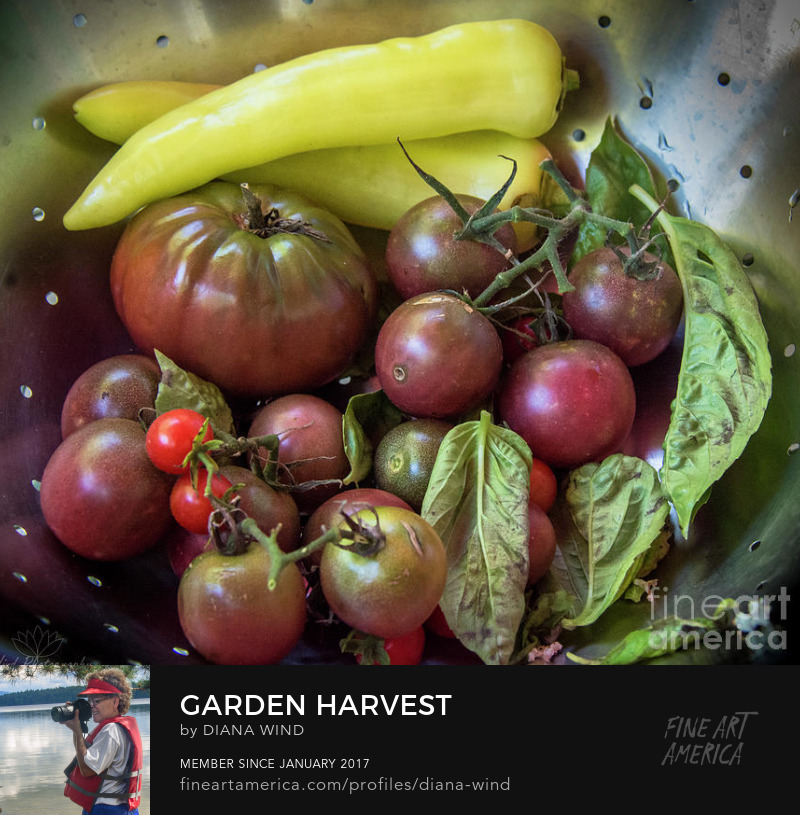Homemade Cherry Pie Filling
My family and I prefer cherry pie filling less gooey than store-bought canned fruit fillings, but not as dry as pure cherries tossed with sugar and lemon juice. Heating sugar with liquid and adding a thickening agent first makes the best cherry pie.It takes about 4 to 6 cups of fresh pitted cherries to make a homemade cherry pie. I just took a cherry pie out of the oven made with organic tapioca starch. For the liquid I used lemonade, but you could also use cranberry juice cocktail.
Other thickening agents include cornstarch or arrowroot. Tapioca comes from the root of the tropical cassava plant and is used the same as you would cornstarch.
Ingredients
Heaping 4 cups fresh pitted cherries
1 cup sugar
2 Tablespoons tapioca starch
1/2 teaspoon cinnamon
1 cup lemonade
- Rinse fresh cherries; pit cherries (I use a handheld cherry pitter) and set aside.
- In a small bowl mix tapioca starch and cinnamon with a little lemonade to make a paste/slurry - it should be smooth, set aside.
- In a saucepan over medium heat, combine sugar and lemonade.
- When sugar is dissolved, stir in the cherries.
- Stir in the tapioca slurry to desired consistency; heat until the mixture thickens and becomes clear. Add water to thin if necessary - try not to stir too much.
- Let sit while preparing your favorite pie dough or use as a topping on your favorite danish or dessert recipes.
Related Links
Science of Food Thickening Agents
Blog post and photos Copyright (C)Wind. All rights reserved.











































